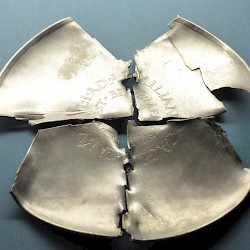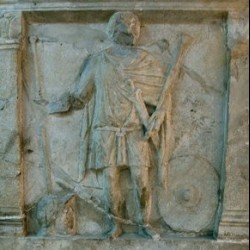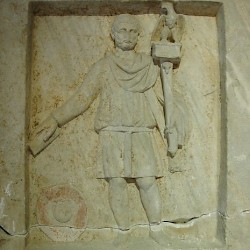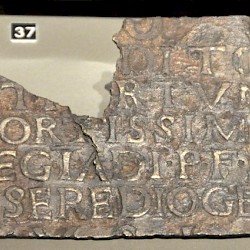Legio I Adiutrix
Legio I Adiutrix: one of the Roman legions. Its name means "helper" or "assistant".
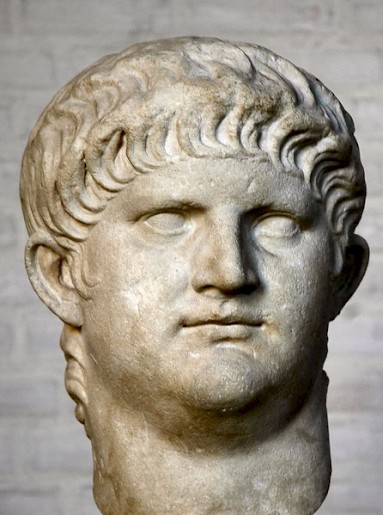
The legion was formed in 68, but it is unclear who was its creator. The oldest sources state that it was Nero, but the historian Cassius Dio, who is usually well-informed and knew the legion personally, mentions Galba as its founder.note Perhaps there is no problem, however. Maybe, Nero started to recruit marines from the Misenum navy, and it is likely that Galba was responsible for the final stages of the organization, when sacrifices were brought, and the legion received its eagle. As we will see below, there may have been children among the first recruits. However this may be, the legion never fought for Nero, who committed suicide during its formation.
During the war of succession, I Adiutrix and XIII Gemina fought bravely for the emperor Otho in first the battle of Cremona (April 69) but were defeated; the new emperor Vitellius sent it to Hispania, but in 70, we find it fighting under Quintus Petillius Cerialis against the rebellious Batavians. Mainz became its first real base, which it shared with XIV Gemina. Many tiles and bricks attest to building activities.
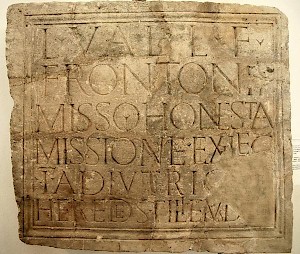
In 83, it fought in the Germanic war of the emperor Domitian against the Chatti, who lived opposite Mainz on the east bank of the river Rhine. A few years later, I Adiutrix was stationed in Brigetio (modern Szöny, east of Komárom in northwestern Hungary). The Dacians had invaded the Roman empire in 86 and defeated the legions that were supposed to defend Moesia. In 88, a large Roman army group invaded Dacia and general Tettius defeated its king Decebalus at Tapae; the First was one of nine legions involved. Unfortunately, the revolt of the governor of Germania Superior, Lucius Antonius Saturninus, in 89, prevented the ultimate success.
After the assassination of Domitian in 96, there was some disquiet in the Danube army, who refused to obey the new emperor, Nerva. He was forced to adopt Trajan. It seems that I Adiutrix behaved most loyally towards the "crown prince", who awarded the legion the title Pia Fidelis ("loyal and faithful").
The emperor Trajan used it during his conquest of Dacia (101-106). Together with IIII Flavia Felix and XIII Gemina, it was part of the forces that occupied the new province. Tiles found at Apulum (modern Alba Julia) with the words "XIII Gemina" and "I Adiutrix" suggest that our unit briefly shared a fortress with another legion, but it should be noted that the reading of the tiles is far from certain.
Trajan also used this legion during his ill-fated campaign against the Parthian empire (115-117). His successor Hadrian sent it back to Brigetio in Pannonia. An inscription mentions a centurion named Lucius Albucius Albucianus,note who may have belonged to the sailors who had been recruited in Misenum by Nero in 68. If this is correct, this man must have served no less than fifty years, and must have been a child when he joined the army. Alternatively, he may have been the son of a sailor.
The next decades were relatively quiet on the Danube. Therefore, units of the First Legion could be sent to wars in other regions, e.g. Pontus and the Maghreb. We may assume that large units were sent to the eastern wars of the emperor Lucius Verus.
In 171-175, the commander of the legion was Publius Helvius Pertinax, who was to be emperor for a brief period in 193. In those years, the legion was still at Szöny and played an important role during the campaigns against the Marcomanni in Bohemia.
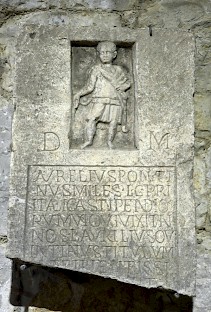
After the murder of the emperor Pertinax in 193, the governor of Pannonia Superior, Lucius Septimius Severus, was proclaimed emperor. I Adiutrix was among his staunchest supporters and a considerable part of the legion took part in his march on Rome, against Didius Julianus, who had in the meantime seized the throne. It did not return to the Danube immediately, but was first used in the war against Pescennius Niger. It is possible that the tombstone of Aurelius Surus belongs to a man who fell during the siege of Byzantium (194-195).
After Severus' two Parthian campaigns (195 and 197-198), the legion returned to its base, but it was also active in the east in the third century. It may have taken part in the Parthian war of Caracalla (in 215-217) and was certainly involved in Gordian III's campaign against the Persians (244). Between these two wars, it was active in Maximinus' campaign against the Dacians (237). A year later, this emperor became involved in a civil war, and I Adiutrix probably took part in the siege of Aquileia in northern Italy.
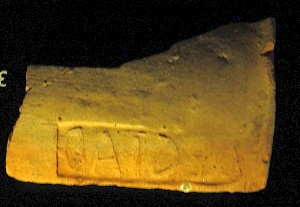
At an unknown moment in the third century, the legion received the titles Pia Fidelis bis ("twice loyal and faithful") and constans ("reliable"). It remained at Szöny until the end of Antiquity and is mentioned for the last time in 444. It cannot be excluded that the legion was disbanded after a defeat against the Huns, who were active in these years.
The symbol of this legion was the Capricorn, but the winged horse Pegasus was also used.
Literature
- B. Lörincz, "Legio I Adiutrix", in: Yann Le Bohec, Les légions de Rome sous le Haut-Empire (2000 Lyon) 151-158
- I. Piso, "Les légions dans la province de Dacie", in: Yann Le Bohec, Les légions de Rome sous le Haut-Empire (2000 Lyon) 205-225
